China's State-Owned Banks and Central Bank Unite to Boost Private Sector Growth
In a strategic move to address the persistent challenges faced by China's private enterprises, the nation's major state-owned commercial banks and the People's Bank of China (PBOC) are rolling out a series of financial measures aimed at reducing financing costs, expanding credit access, and fostering high-quality development. These initiatives, detailed in recent policy announcements and high-level meetings, signal a robust commitment to empowering the private sector—a cornerstone of China's economic vitality.
State-Owned Banks Step Up Support
China's leading state-owned banks have unveiled ambitious plans to enhance financial services for private enterprises:
Bank of China (BOC): Pledged over $5 billion in financing for private firms in 2025, with a focus on supporting their participation in the Belt and Road Initiative (BRI). BOC President Zhang Hui emphasized cross-border financing, global cash management, and reduced financing costs as key tools to facilitate global expansion.
·Agricultural Bank of China (ABC): Targets exceeding 7.5 trillion yuan ($1.03 trillion) in loans to private enterprises by 2025, prioritizing rapid and tailored financing solutions.
·Industrial and Commercial Bank of China (ICBC): Vows to provide no less than 6 trillion yuan in financing over the next three years to strengthen private enterprises' industrial capabilities.
·China Construction Bank (CCB): Launching a 2025 action plan to deliver resource guarantees, targeted customer services, and optimized long-term mechanisms.
These efforts align with national policies aimed at addressing financing difficulties and high costs, streamlining loan accessibility, and amplifying the private sector's role in driving economic growth.
PBOC's Policy Toolkit
The PBOC, under Governor Pan Gongsheng, has reinforced its support through accommodative monetary policies and targeted measures:
·Low Financing Costs: In January, the average interest rate for new private enterprise loans dropped to 3.56%, marking a historic low.
·Structural Tools: Implementation of tools such as rediscount loans for agriculture and small businesses, technology innovation loans, and stock repurchase support.
·Bond Financing Support: The PBOC's “Second Arrow” initiative has facilitated 250 billion yuan in bond financing for private enterprises, including real estate developers. This tool has eased institutional investors’ concerns and boosted market confidence.
Pan Gongsheng stressed the importance of maintaining low financing costs for private enterprises over the long term, leveraging structural monetary policies, and collaborating with fiscal authorities to further reduce corporate funding costs.
Implications for International Stakeholders
For foreign investors and businesses, these developments present both opportunities and strategic considerations:
·Enhanced Competitiveness: As financing costs decline and credit access improves, Chinese private enterprises are likely to become more agile and competitive in global markets, particularly in sectors like manufacturing and technology.
·Stronger Partnerships: International entities may find robust partners in Chinese private firms, now backed by state-led financial support. This is especially relevant for cross-border projects under the BRI.
·Regulatory Clarity: The PBOC's bond financing tools and supply chain finance policies offer greater transparency and stability, aiding foreign investors in navigating China's financial landscape.
Future Outlook
Looking ahead, Lou Feipeng, a researcher at the Postal Savings Bank of China, highlighted the need for banks to deepen market research tailored to private enterprises of diverse scales and industries. “Enhancing the precision of financial services will be critical to elevating support efficacy,” he said.
Pan Gongsheng further emphasized the importance of leveraging technology and data analytics to improve risk assessment and service delivery. This includes using internet, big data, and cloud computing to identify risks and optimize credit allocation.
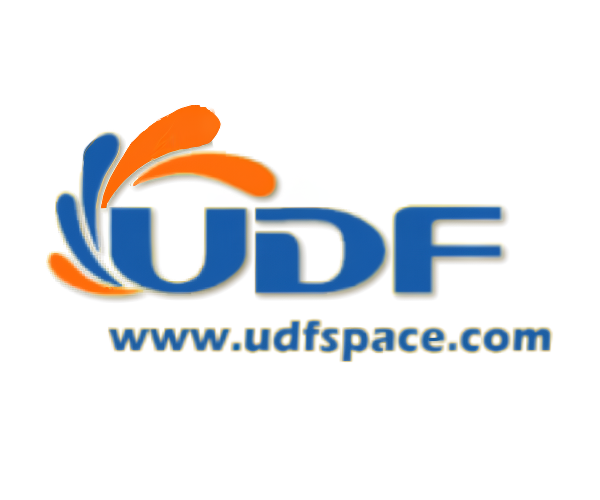







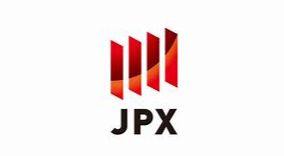

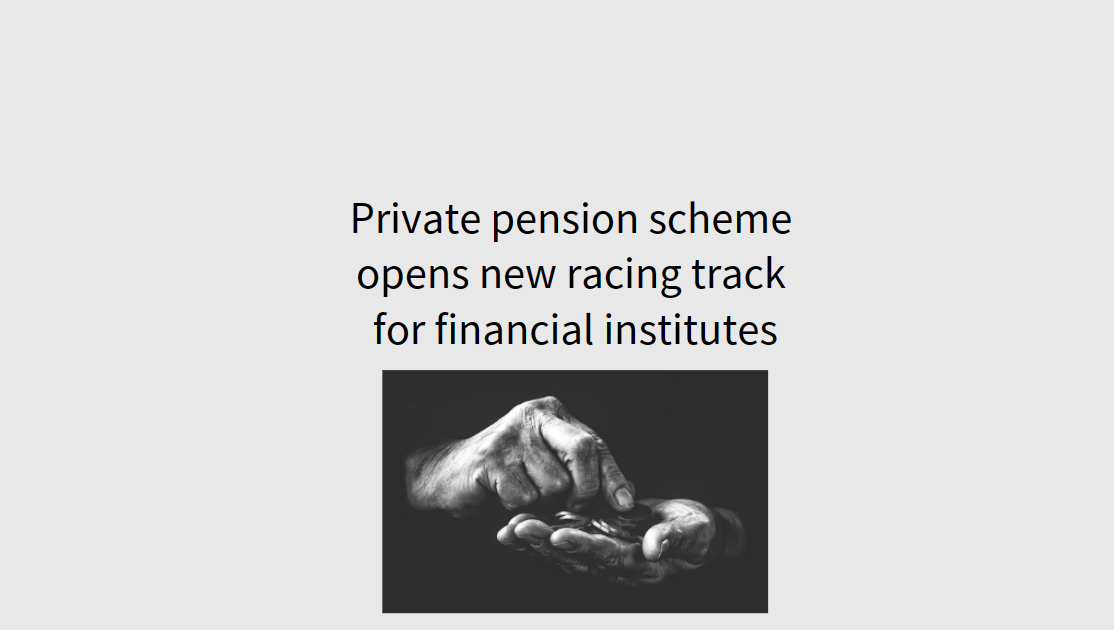
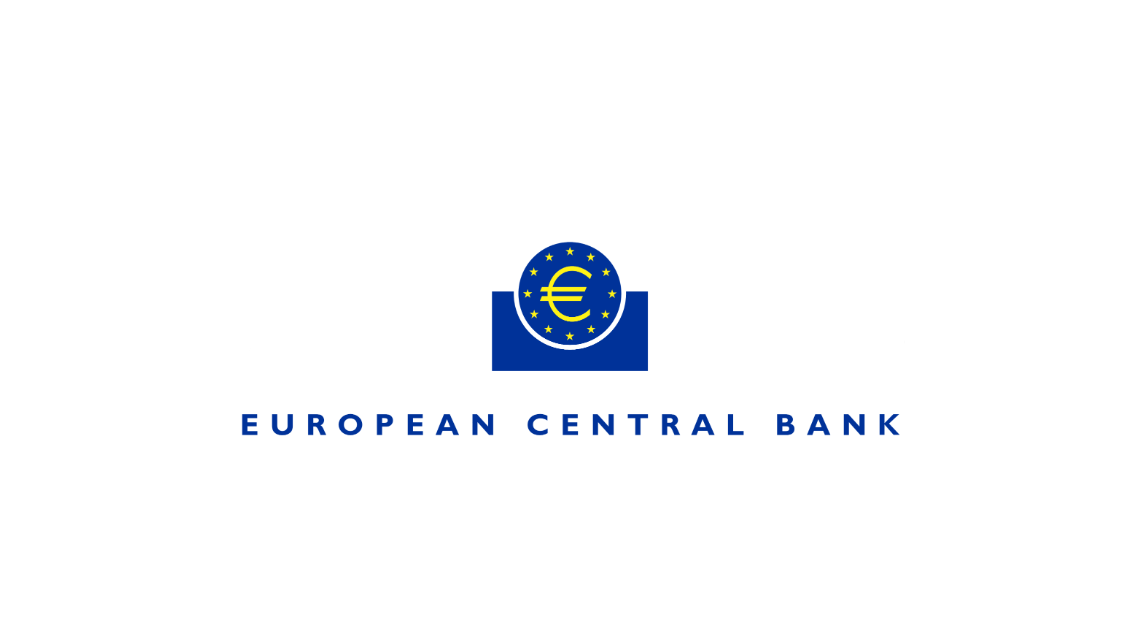
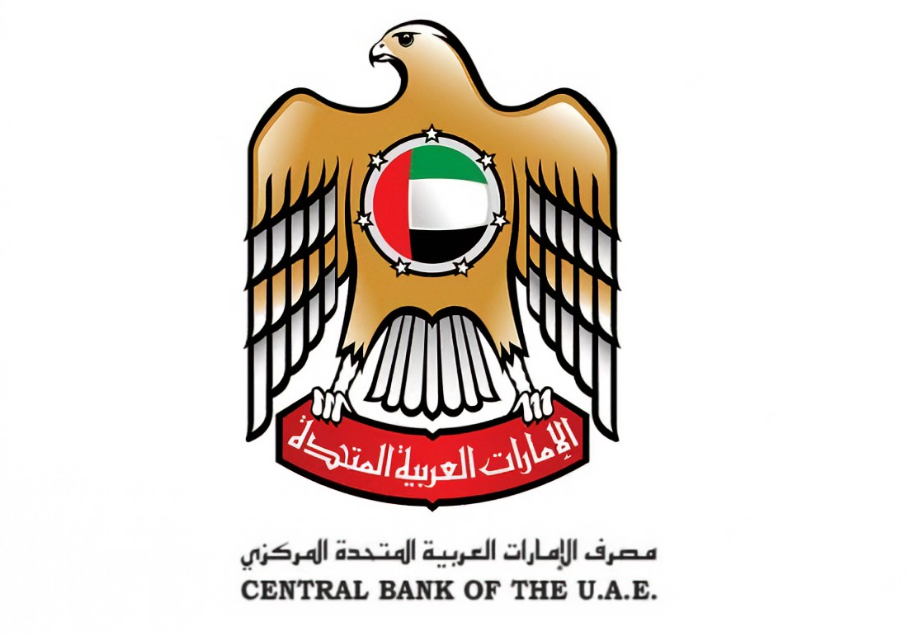




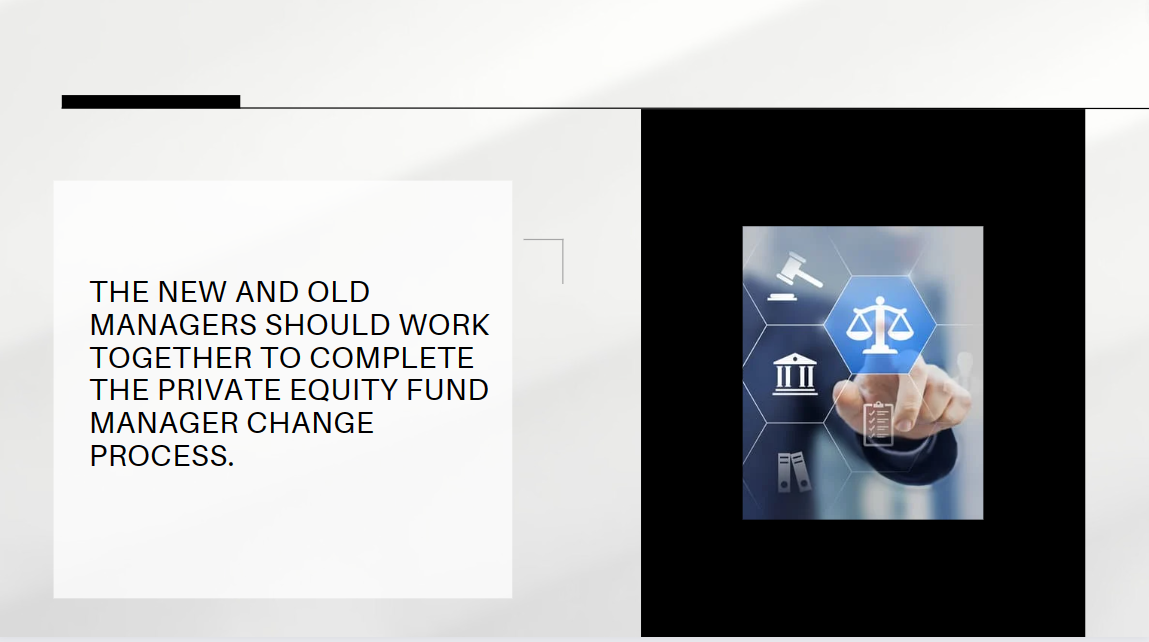

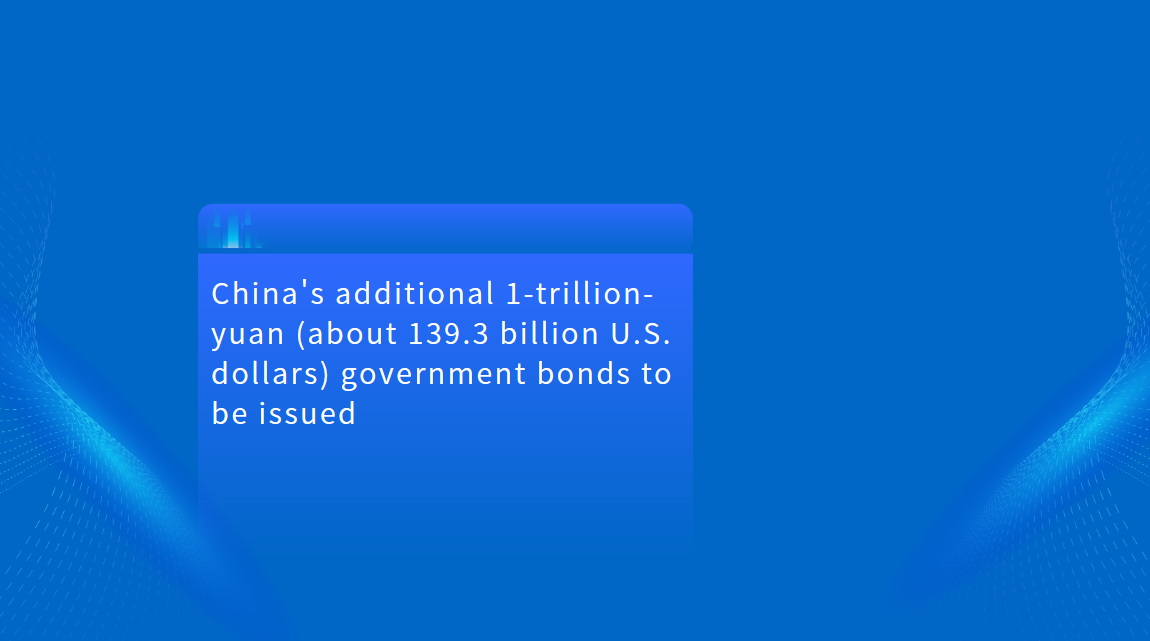

















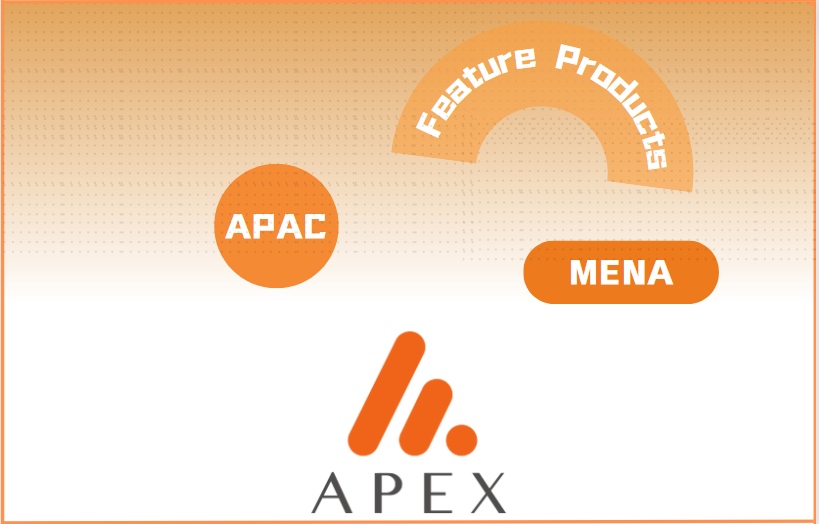















First, please LoginComment After ~